Gripout is a combination drug for the symptomatic treatment of flu and cold symptoms (hyperthermia, headache, rhinitis, cough) in adults and children over 12 years of age.
Composition
- active ingredients: 1 tablet contains paracetamol 500 mg, chlorpheniramine maleate 2 mg, phenylephrine hydrochloride 5 mg, caffeine anhydrous 15 mg;
- excipients: corn starch, lactose monohydrate, methylparaben (E 218), propylparaben (E 216), sodium starch glycolate (type A), magnesium stearate, talc, tartrazine (E 102), povidone K-30.
Contraindication
Hypersensitivity to paracetamol, caffeine, other xanthine derivatives (theophylline, theobromine) or to other components of the drug, especially parabens (methyl and propylparaben). Severe liver and kidney dysfunction (including hepatic and renal failure); congenital hyperbilirubinemia (including Gilbert’s, Dubin-Johnson, Rotor syndrome); glucose-6-phosphate dehydrogenase deficiency, rare hereditary forms of fructose intolerance, glucose-galactose malabsorption or sucrose-isomaltase insufficiency.
Alcoholism. Hematopoietic disorders, blood diseases, severe anemia, leukopenia, thrombosis, thrombophlebitis. States of increased excitement, sleep disorders.
Severe cardiovascular diseases. Severe arterial hypertension, pronounced increase in blood pressure, organic diseases of the cardiovascular system (including atherosclerosis); decompensated heart failure; cardiac conduction disorders; paroxysmal tachycardia, arrhythmia; tendency to vasospasm; ischemic heart disease, acute myocardial infarction.
Glaucoma, including angle-closure glaucoma. Acute pancreatitis. Prostatic hypertrophy. Pheochromocytoma. Bladder neck obstruction.
Diabetes mellitus. Epilepsy. Hyperthyroidism.
Pyloroduodenal obstruction, gastric and duodenal ulcers in the acute stage, stenosing gastric ulcers, stenosing duodenal ulcers, acute pancreatitis and hepatitis. Bronchial asthma, chronic obstructive pulmonary disease. Risk of respiratory failure.
Age over 60 years. Children under 12 years. Pregnancy and breastfeeding.
Do not use with monoamine oxidase inhibitors (MAOIs) and within 2 weeks of discontinuing MAOIs.
Contraindicated in patients taking tricyclic antidepressants or beta-blockers.
Do not use in patients with phenylketonuria. It is not recommended for use in patients with increased blood clotting, a tendency to thrombus formation.
Do not use with medications that suppress or increase appetite and amphetamine-like psychostimulants.
Method of application
Adults and children over 12 years of age should take 1 tablet 3-4 times a day. The interval between doses should be at least 4 hours. The drug should be taken at least half an hour after meals.
The daily dose should not exceed 4 tablets.
The duration of treatment is determined by the doctor.
The maximum period of use without consulting a doctor is 3 days.
Application features
Do not exceed the indicated doses.
Use with caution in individuals prone to high blood pressure.
Use during pregnancy and breastfeeding
The drug is contraindicated during pregnancy. Breastfeeding should be discontinued during treatment with the drug. There are no data on the effect of the drug on fertility.
Children
Contraindicated for children under 12 years of age.
Ability to influence reaction speed when driving vehicles or other mechanisms
Given the possibility of decreased psychomotor reactions, as well as the occurrence of reactions from the nervous system and organs of vision, it is not recommended to drive vehicles and mechanisms during treatment.
Overdose
Paracetamol overdose can cause liver failure. Liver damage is possible in adults who have taken more than 10 g, and in children who have taken more than 150 mg/kg of body weight, can lead to hepatocellular necrosis and the development of encephalopathy with impaired consciousness, hemorrhages, hypoglycemia, hypoglycemic coma, hepatic coma, cerebral edema, and in some cases – to death.
Adverse reactions
Skin and subcutaneous tissue disorders: skin and mucous membrane rashes (usually erythematous), itching, urticaria, purpura, allergic and angioedema, acute generalized exanthematous pustulosis, local drug dermatitis, erythroderma, erythema multiforme, exudative erythema multiforme, Stevens-Johnson syndrome, toxic epidermal necrolysis (Lyell’s syndrome), hemorrhages, photosensitization, including fatal outcomes.
Immune system disorders: hypersensitivity reactions (including angioedema), anaphylaxis, anaphylactic shock.
On the part of the psyche: psychomotor agitation, nervous agitation, impaired attention and orientation, anxiety, change in behavior, euphoria, anxiety, feeling of fear, irritability, sleep disturbances, insomnia, drowsiness, night terrors, confusion, depressive states, hallucinations, anxiety, increased fatigue, sedation.
Neurological disorders: headache, dizziness, muscle weakness, dyskinesia, tremor, paresthesia, tingling and heaviness in the extremities, convulsions, epileptic seizures, in rare cases – coma.
Storage conditions
Store at a temperature not exceeding 25 ° C. Keep out of the reach of children.

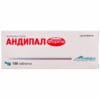
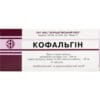

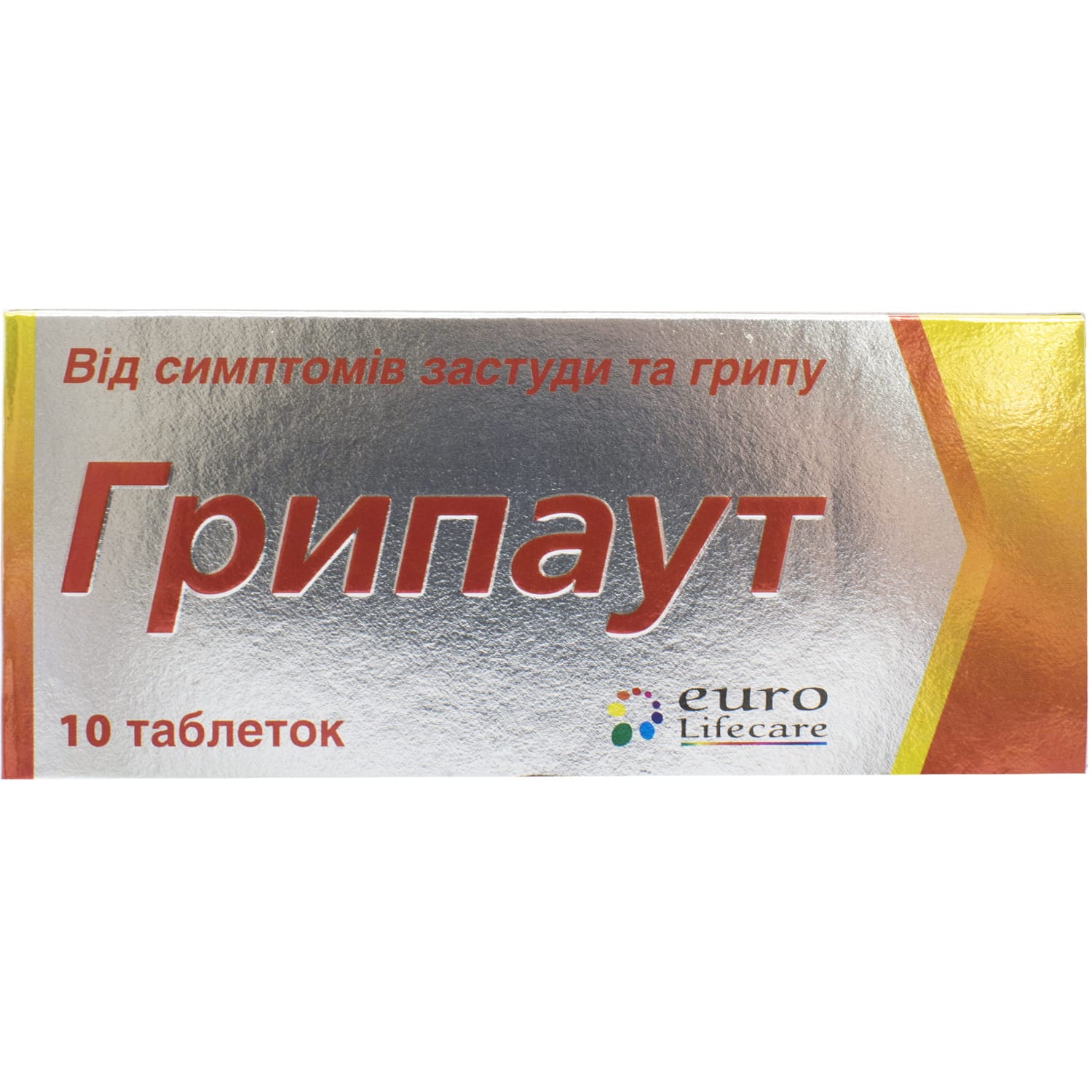


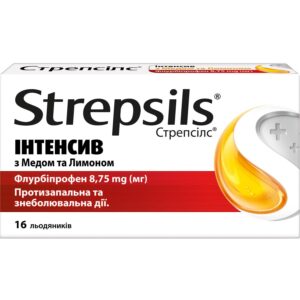
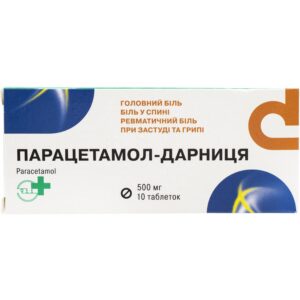
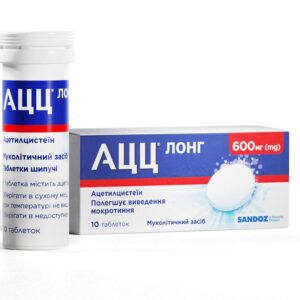
Reviews
There are no reviews yet.